Curriculum Blog
A Parents' / Carers' Guide to Home Learning
Readers, this is a slightly different blog aimed at parents and carers - please, if you can, share the blogpost with parents/carers via your chosen communication channels.
As a parent and as a teacher with 2 primary aged children, I can fully understand the daunting task of having to home school children for a period of time. With schools in the UK closing for most children, I have put together a guide on how to establish Home Learning and the best ways to use LGfL Content to support this.
But first, let me introduce to who I am: my name is Bradley, a father of 2 children both in Primary school, I was a primary school teacher specialising in Computing and Early Years for over 12 years before working with LGfL as learning resource consultant.
LGfL is an education Charity that focus on supporting technology use within schools, we provide broadband to many schools in London and nationwide, with this service we also provide schools access to a range of award-winning online learning resources. It may be that your child recognises the online tools and learning resources because many are already used in their school but for others, they may be unfamiliar.

Normally to access our content you would need a username (USO) and password provided to you via your student’s school due to school closures, we have oped up many of our resources so that you can access them without needing to use a username/password and we have groups our best resources for use for home learning which you can find via this link: hlresources.lgfl.net

You will note the home learning can also be organised in Key Stages. This will help you to find resources suitable for the age of your child.
Now, what can you do at home? Here are some key tips to help with home learning.
Establish routines:
We are all in the same situation here. Everyone’s anxious. No one was planning on this, you need to come up with a structure to your day because children thrive on structure and routine, this will be the things that children will miss the most, set a timetable up, you may find this pack from our resource Widgit useful.
Simply-drawn, colourful symbols to illustrate concepts in a clear and concise way. (for more details on this resource please follow the link) the pack contains a Visual Timetable, as well as a behaviour chart or if you want a head start you may want to use a timetable which I have created for my children, here it is in a Word doc and also the same timetable with Widgit symbols.
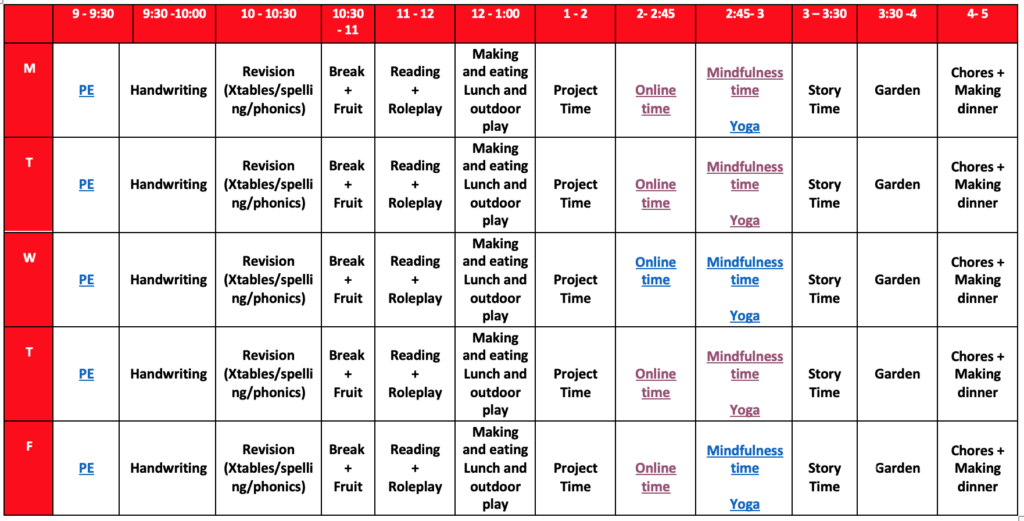
You can also find useful printables activities with the activities section of Widgit.
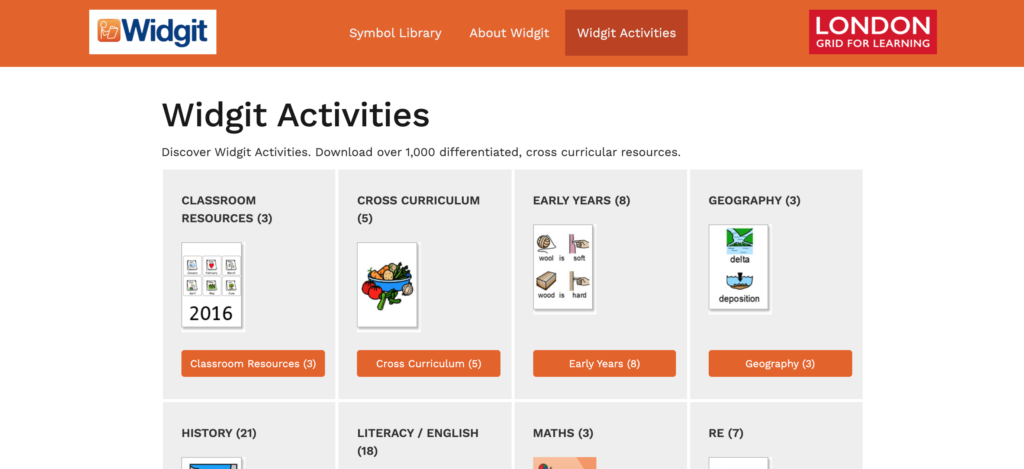
You are not a teacher and your home isn’t a school:
Learning at home is not replicating school at home. It’s not necessary to do six hours of learning like in school with lessons being one-on-one and being more intense, activities will be over much quicker. I know a lot of parents are going to focus on not just supplementing the schoolwork but teaching life skills, like here’s how you clean a toilet, here’s how you make your lunch, with one on one teaching you don’t need to do as much.
One of the things I am encouraging in my home is the idea of cooking and helping with planning meals we are going to eat, LGfL has a great resource to help with this called Cookit.
The aim of Cookit! is to improve pupils’ skill, understanding and enjoyment of food and healthy eating. The site supports the teaching of a range of basic skills and processes. It encourages and inspire learners to explore cooking and supports ways for students to create and share their own recipes.
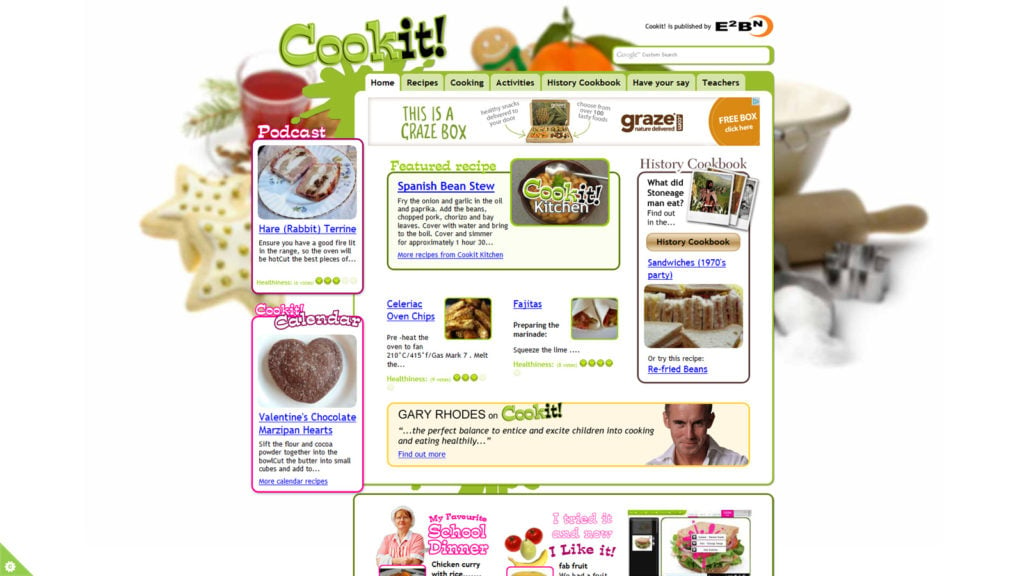
The new 3 “Rs” Repetition, Revision and Retrieval:
Don’t jump into a new area of learning, remember much of what children do in school is based on going back over what they have already learnt. Children are comforted by familiar activities and will want to continue them. Many young children may start the day with a morning routine be it morning excise, songs, etc ask them what they do and see if you continue this at home.
For EYFS/KS1 students you may want to keep a simple phonic scheme going, revisioning sounds that they have already learnt, Busythings have a bank of digital resources to support phonics and also have printables activities you can use.
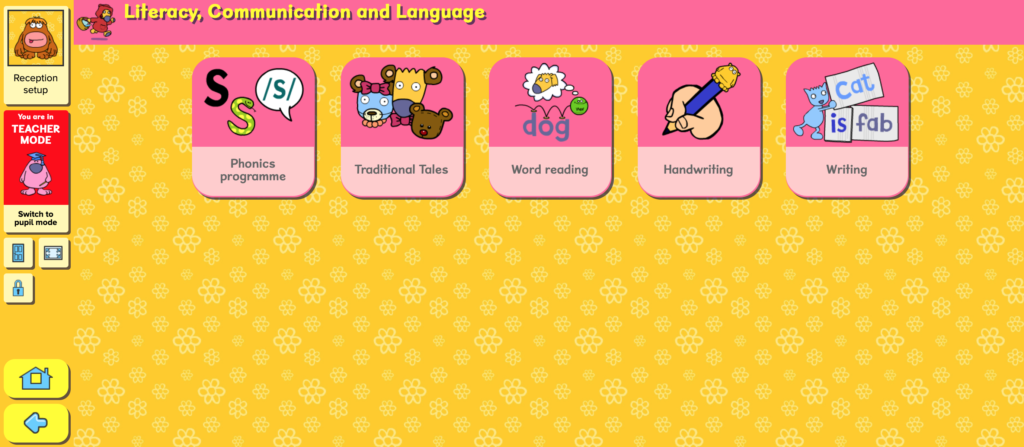
You may want to also practise general number skills by counting objects and adding and subtraction, again Busy things has some great resources to help with this.
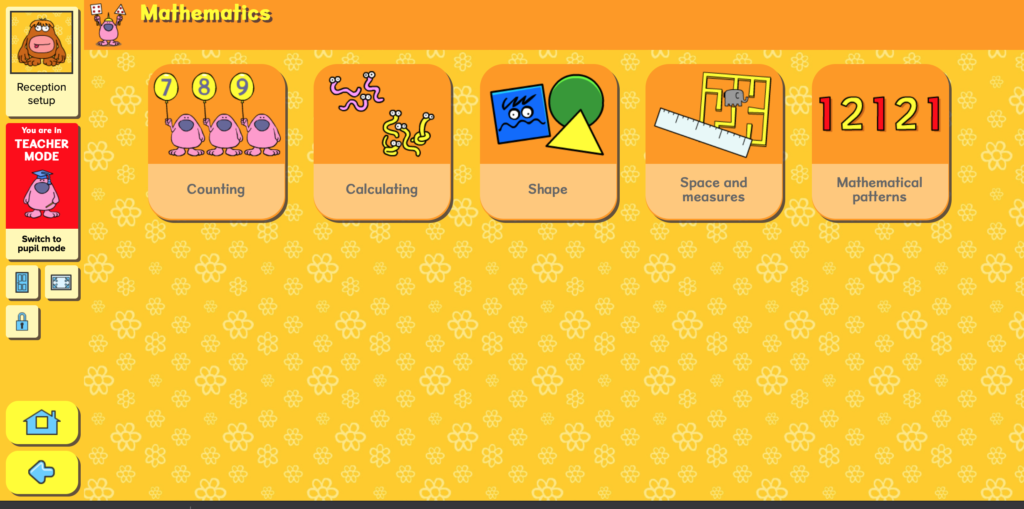
For KS2 it’s important to make sure each day your child reads, it doesn’t matter what (magazine, comics, picture books, chapter books) you may want to ask them to explore the story with you (be gentle you don’t have to test them) or maybe ask them to write a reading journal or write a book review.
Daily practising of timetables and also spelling common keywords are vital. The just2easy platform has excellent revision tools that use exciting games to help aid the revision of spelling and time tables
Tt blast encourages pupils to learn maths while they do what comes naturally; play and compete against each other. As they progress through the levels, the questions automatically adjust to the pupils’ ability so that they never find them too easy or too difficult. Spellblast does the same but with Spelling.

Users can choose to practice or take part in a live game. If no other live players are waiting for a game, robots take over, so it always appears that there are multiple players. The scoreboard shows your place in the class, school and world.
You children may not do things to the way you did when you were at school:
It may be the first time your child shares with you the methods/tools that they use at school, for this may be the first time you have heard about an Apostrophe Contracted or finite Verbs or how about explaining Commutative Law don’t worry we’ve got you!
Grammer explained offers 80 short and clear videos, made to explain every grammar point listed in the Primary National Curriculum. Ideal for teachers, parents and pupils.
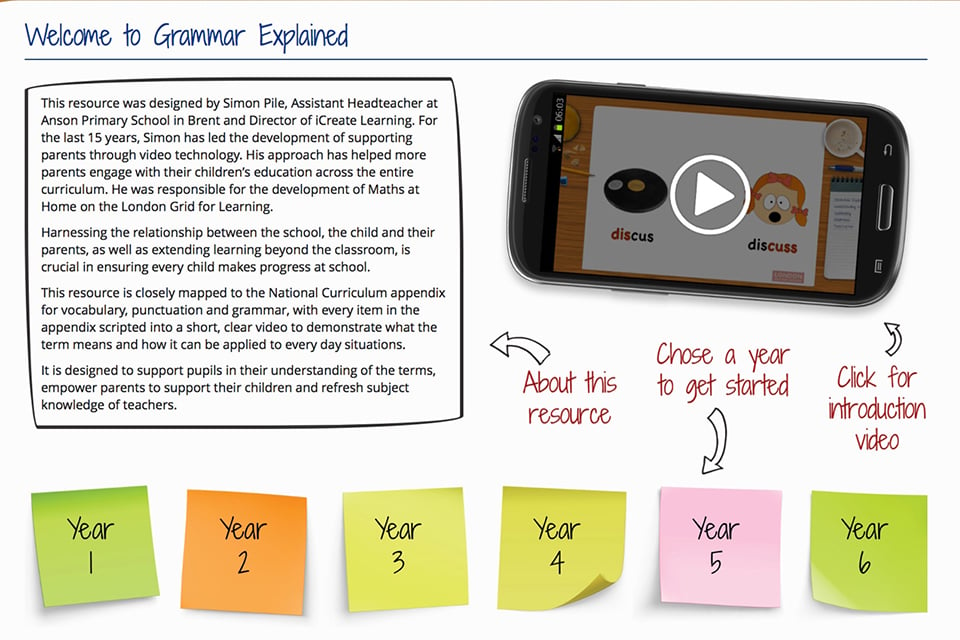
We also have Maths at home which is designed to provide support for parents that wish to help their child with their mathematical development at home. A video has been made for every single National Curriculum descriptor for the whole of Key Stage 1 and 2, as well as an overview video for Early Years. This provides coverage for the entire Mathematics Primary curriculum. Each video is a snapshot of how many schools may teach the particular strand, and also provides examples of how parents could support their child at home. Where appropriate, video content is reinforced with a selection of downloadable resources.

You can't pour from an empty cup:
Make sure you are looking after yourself both in body and mind, you can keep healthy by making sure you join in with Jo Wicks in his morning PE lessons which are an excellent start to your morning, makes sure during the day you can take a moment to breathe and relax, your child may already take a moment to do this at school with a mindfulness exercise perhaps with meditation or yoga (these links to YouTubes videos are not endorsed by LGfL but are recommended by my children) or we also recommend these apps or books for EYFS/KS1 and KS2 which is part of our larger wellbeing resource Wellbeing connected.
Create a Project:
You may want to explore our range of resources that would support a larger topic-based project, for example, looking at Roman history, a great way of starting of these type of projects is asking your child to come up 5/6 questions they want to find out the answers to, once you have these questions plan how you are going to answer them, it might be a poster, a presentation or a 3D model.
The following resources offer engaging expert video, Augmented and Virtual Reality experiences (additional apple-based hardware and software required) to may inspire a project:
- Fossils and Dinosaurs
- Ancient Egypt
- Sigurd and the Dragon
- Space Adventures
- The Romans in London
- The Tudors in London
- The Royal Mews at Buckingham Palace
- Polar Exploration
- EYFS Spotlight
Don’t bottle up worries:
It is easy for children to get worried about issues that are in the news, especially where they can see that parents/carers and teachers are worried. They may find this Coronavirus video series from CBBC Newsround reassuring: they explain what is happening in a child-friendly way. Keep your children up to date with the latest news as well as lots on the environment, entertainment, gaming and tonnes of tips and advice on keeping busy and happy at home.

Create role-play spaces:
Roleplay helps children naturally develop and use their cognitive abilities and skills. Through using their imagination regularly, they develop creativity and learn to think for themselves. In a society where we are so keen on school results, it’s even more important to create a space where children are free to express themselves.
Creating spaces like this at home may seem impossible but with some simple house objects and a few toys, you can create a world of fantasy. We have come up with ideas you can use for small world/roleplays ideas you can use within the topic of Dinosaurs in our resource Dinosaurs and fossils (you can easily adapt these ideas for other topics)

You will even find playdough recipes and how to make your very own fossil!

Be Safe:
DIgisafe (our online safety team ) are here to help, they have created a #DigiSafeDaily worksheet for every day this week and is ready for your child here print the pdf and find the answers for each sheet on the following day's sheet.

To help ease the burden, if you are on Twitter or Facebook do look at #RemoteLearning #edtech #HomelearningUK people are being encouraged to share resources and make learning accessible by adopting this hashtag.
Remember if you need any support for our learning content you can contact the Inspire team by emailing contentsupport@lgfl.net or contact the LGfL Switchboard: 020 82 555 555.
